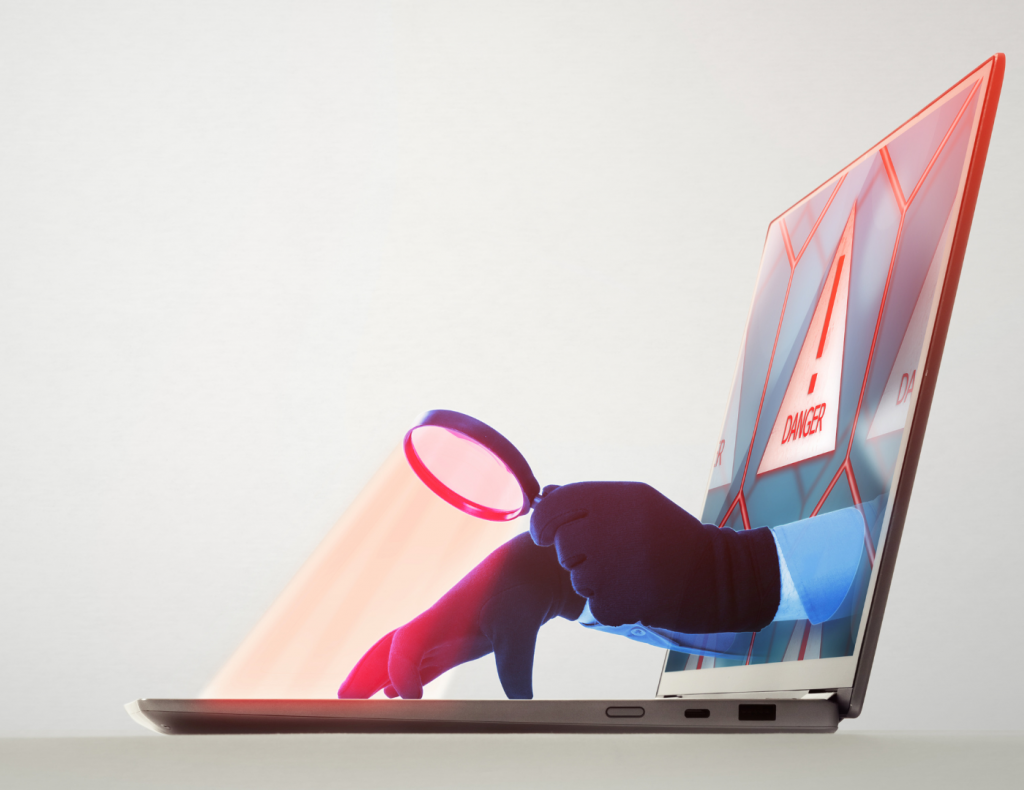
Imagine this: you settle into your favorite coffee shop, laptop open, ready to tackle your workday. A notification pops up: "Your bank needs to verify your information!" With a quick tap, you're whisked away to a seemingly legitimate login page. Little do you know, you've just become a victim of phishing, a common cyberattack that dupes unsuspecting users into revealing sensitive data.
The bad news? Cybercrime is on the rise. In 2022 alone, global cybercrime costs reached a staggering $8 trillion, according to Cybersecurity Ventures. The good news? You, yes you, can significantly reduce your risk by adopting simple yet effective cybersecurity best practices.
Building Your Digital Fortress: Essential Practices for the Everyday User
1. Password Power: Let's face it, "password123" is as secure as a paper shield against a dragon. Instead, craft unique, complex passwords using a mix of upper and lowercase letters, numbers, and symbols. Bonus points for using a password manager to store them securely! Did you know, 51% of data breaches in 2021 involved reused passwords? (Source: Verizon Data Breach Investigations Report 2022)
2. Multi-Factor Authentication (MFA) is Your BFF: Think of MFA as your castle's portcullis – an extra layer of security beyond just a password. It requires a second verification step, like a code sent to your phone, making it much harder for attackers to crack. Studies show that MFA can block up to 99% of unauthorized access attempts. (Source: Microsoft)
3. Software Updates: Patchwork Perfection: Software updates aren't just annoying notifications; they often contain critical security patches that fix vulnerabilities exploited by hackers. 70% of cyberattacks exploit known vulnerabilities, so keeping your software up-to-date is crucial. (Source: Cybersecurity & Infrastructure Security Agency)
4. Phishing: Don't Be the Hook, Be the Fisherman: Phishing emails can be masterfully crafted, mimicking legitimate senders. Always be cautious! Hover over links before clicking, check for typos and suspicious URLs, and never share personal information through email. Remember, when in doubt, don't click, call!
5. Public Wi-Fi: Friend or Foe?: Free Wi-Fi is tempting, but proceed with caution. Public networks are often unsecure, making your data vulnerable. If you must use one, avoid accessing sensitive accounts and consider using a Virtual Private Network (VPN) for an extra layer of encryption.
6. Data Backups: Your Digital Ark: Imagine a flood wipes away your precious memories. Backups are your digital ark, ensuring your data is safe even if disaster strikes. Regularly back up your important files to external drives or cloud storage and test your backups to ensure they work!
7. Be Wary of Free Downloads: The internet is full of tempting freebies, but some might be hiding malware – software designed to harm your device. Stick to reputable sources and avoid downloading from unknown websites.
8. Social Media Savvy: Social media can be a treasure trove of personal information for attackers. Be mindful of what you share publicly, adjust your privacy settings, and be cautious about accepting friend requests from strangers.
9. Keep Learning: The cybersecurity landscape is constantly evolving. Stay informed by reading reputable cybersecurity blogs, attending webinars, and participating in awareness campaigns.
Remember, cybersecurity is a shared responsibility. By adopting these best practices, you can not only protect yourself but also contribute to a safer digital world for everyone. Start building your digital fortress today and stay ahead of the cyber storm!
Additional Resources:
- Cybersecurity & Infrastructure Security Agency (CISA): https://www.cisa.gov/
- National Institute of Standards and Technology (NIST):https://www.nist.gov/cybersecurity
- Stay Safe Online: https://staysafeonline.org/
Let's work together to create a more secure digital future!




